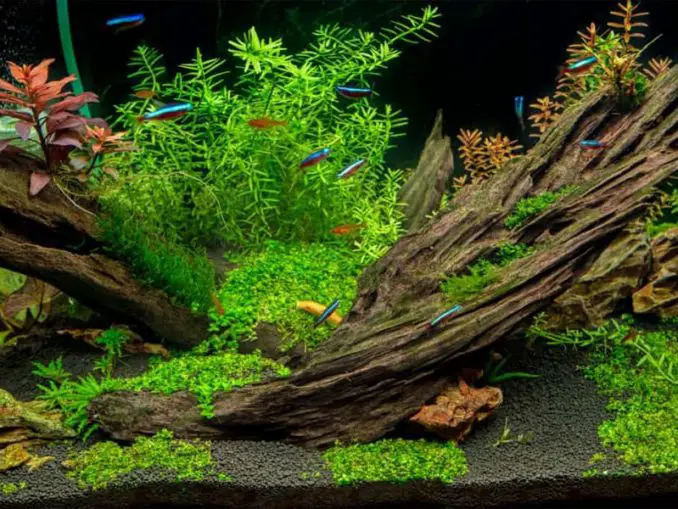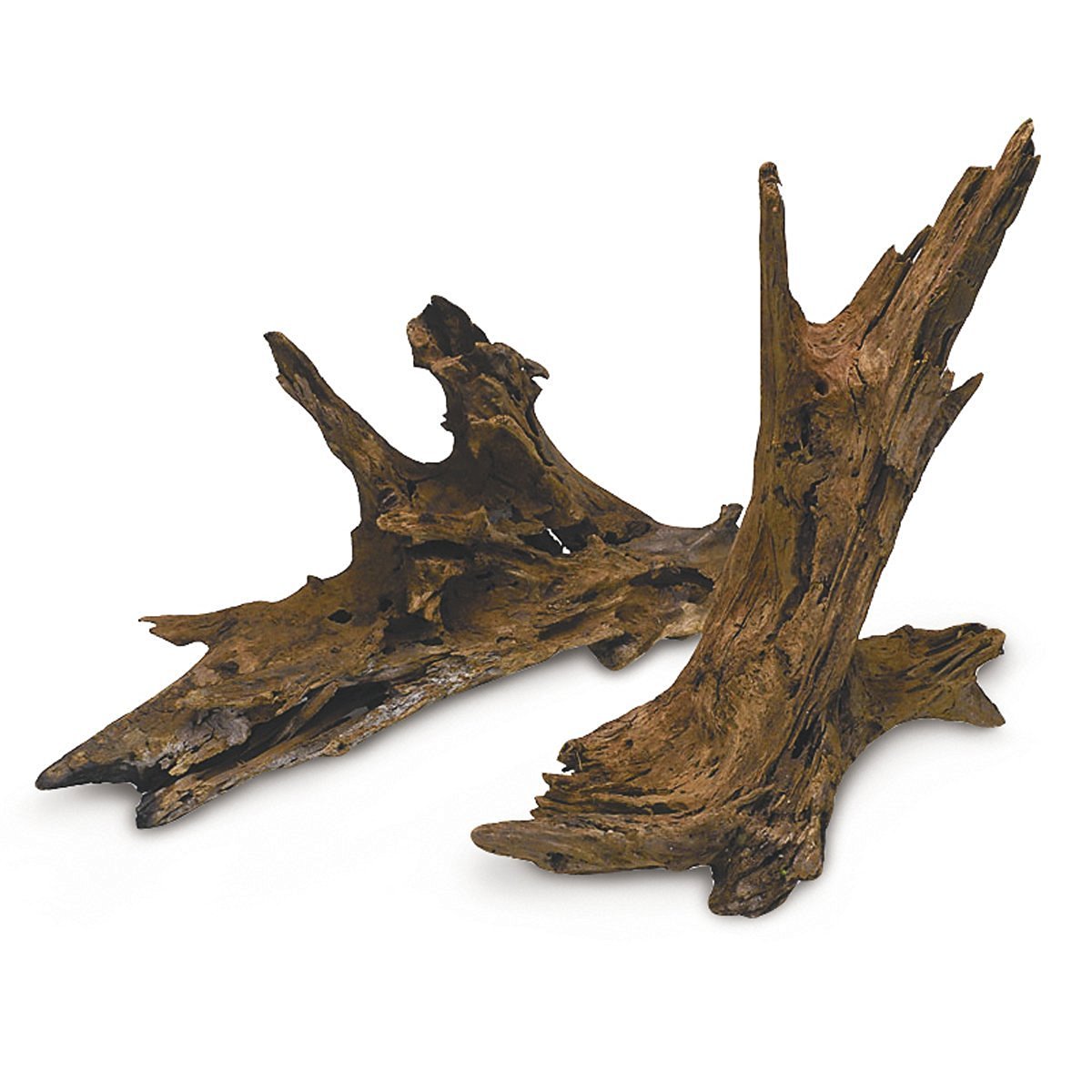Driftwood For Aquarium
If you're an aquarium lover, you're probably aware of the benefits of using driftwood for aquarium. Driftwood not only adds a natural and rustic look to your aquarium but also provides a habitat for your aquatic pets. However, choosing the right kind of driftwood can be a daunting task. In this article, we'll explore everything you need to know about driftwood for aquarium.
Pain Points Related to Driftwood for Aquarium
One of the biggest concerns when using driftwood in your aquarium is the potential for it to leach tannins, which can turn the water brown and lower the pH levels. Another issue is the risk of introducing harmful bacteria or parasites from the driftwood into your aquarium. Some aquarium owners also struggle with finding the right size and shape of driftwood to fit their aquarium's specific needs.
What is Driftwood for Aquarium?
Driftwood for aquarium is usually hardwood that has been washed up or collected from streams, rivers, and oceans. One of the most common types of driftwood used in aquariums is Malaysian driftwood, which is known for its durability and unique shape. Driftwood not only adds to the aesthetic appeal of your aquarium but also serves as a natural hiding place for your fish. It can also promote the growth of beneficial bacteria, which can contribute to a healthy aquarium environment.
Summary of Driftwood for Aquarium
Driftwood, when used properly, can be a valuable addition to any aquarium. It not only enhances the look of your aquarium but also provides a natural habitat for your fish. However, care must be taken to choose the right type of wood and properly prepare it before adding it to your aquarium.
Choosing the Right Driftwood for Your Aquarium
When choosing driftwood for your aquarium, there are a few things to keep in mind. First, make sure to select wood that is aquarium-safe. Avoid using wood that has been treated with chemicals or that may have been in contact with pollutants. It's also important to consider the size and shape of the driftwood in relation to your aquarium. A piece that is too large or small may not fit properly, and an oddly shaped piece may be difficult to work with. Additionally, consider the type of fish you have or plan to have in your aquarium as their specific needs may require different types of driftwood.
Personally, I have had great success using Malaysian driftwood in my aquarium. Its unique shape and texture add an interesting element, and it has provided a natural hiding place for my fish. I recommend soaking the driftwood in water for several days before adding it to the aquarium to reduce the risk of tannins leaching into the water.
Preparing Driftwood for Your Aquarium
Before adding driftwood to your aquarium, it's essential to prepare it properly to avoid any harmful effects on your aquatic pets. Start by rinsing the wood with hot water to remove any debris or loose material. Then, soak the driftwood in a bucket or container for several days, changing the water every 24 hours. This process will help to remove any excess tannins and sap, reducing the risk of discoloration or pH changes in your aquarium.
Caring for Driftwood in Your Aquarium
Once you have successfully added driftwood to your aquarium, it's important to maintain it properly to ensure it continues to serve as a safe and healthy habitat for your fish. Regularly check the wood for any signs of decay or damage and remove any pieces that appear to be deteriorating. You may also want to periodically remove the wood and boil it for a short time to kill any bacteria or parasites that may have accumulated.
FAQs about Driftwood for Aquarium
Q: Can driftwood lower the pH of my aquarium water?
A: Yes, tannins released from driftwood during the soaking process can lower the pH of your aquarium water.
Q: What types of fish benefit from driftwood in their aquarium?
A: Many species of fish benefit from driftwood in their aquarium, including catfish, bettas, and cichlids.
Q: Can I use driftwood that I find outside in my aquarium?
A: It is generally not recommended to use driftwood found outside as it may have been in contact with pollutants or chemicals. It's best to purchase aquarium-safe driftwood from a reputable source.
Q: How long should I soak my driftwood before adding it to my aquarium?
A: It's best to soak driftwood for several days, changing the water every 24 hours, to ensure it's properly prepared and reduce the risk of any harmful effects on your aquatic pets.
Conclusion of Driftwood for Aquarium
Adding driftwood to your aquarium can not only enhance its appearance but also provide a natural habitat for your aquatic pets. With proper preparation and care, driftwood can serve as a healthy and safe addition to your aquarium for years to come.
Gallery
Aquarium Driftwood Hard Natural Driftwood For Aquarium,Reptile

Photo Credit by: bing.com / driftwood aquarium natural larger hard
Driftwood For The Aquarium - Serene Aquarium

Photo Credit by: bing.com / driftwood aquarium natural
How To Make Your Own DIY Aquarium Driftwood For Your Fish

Photo Credit by: bing.com / driftwood planted hardscape aquariums aquascaping aquatic troncos 40cm aquascape spiderwood maten substrate sitemap terminology bettasource
How To Make Driftwood For Your Aquarium

Photo Credit by: bing.com / driftwood bodengrund prepare dunkler fishkeepingworld itsafishthing sheng
Aquarium Driftwood (8-12 Inches) | Aquarium Plants

Photo Credit by: bing.com / driftwood aquarium wood inches malaysian zilla plant plants cork ebay medium bark decor tank reptile dcor
